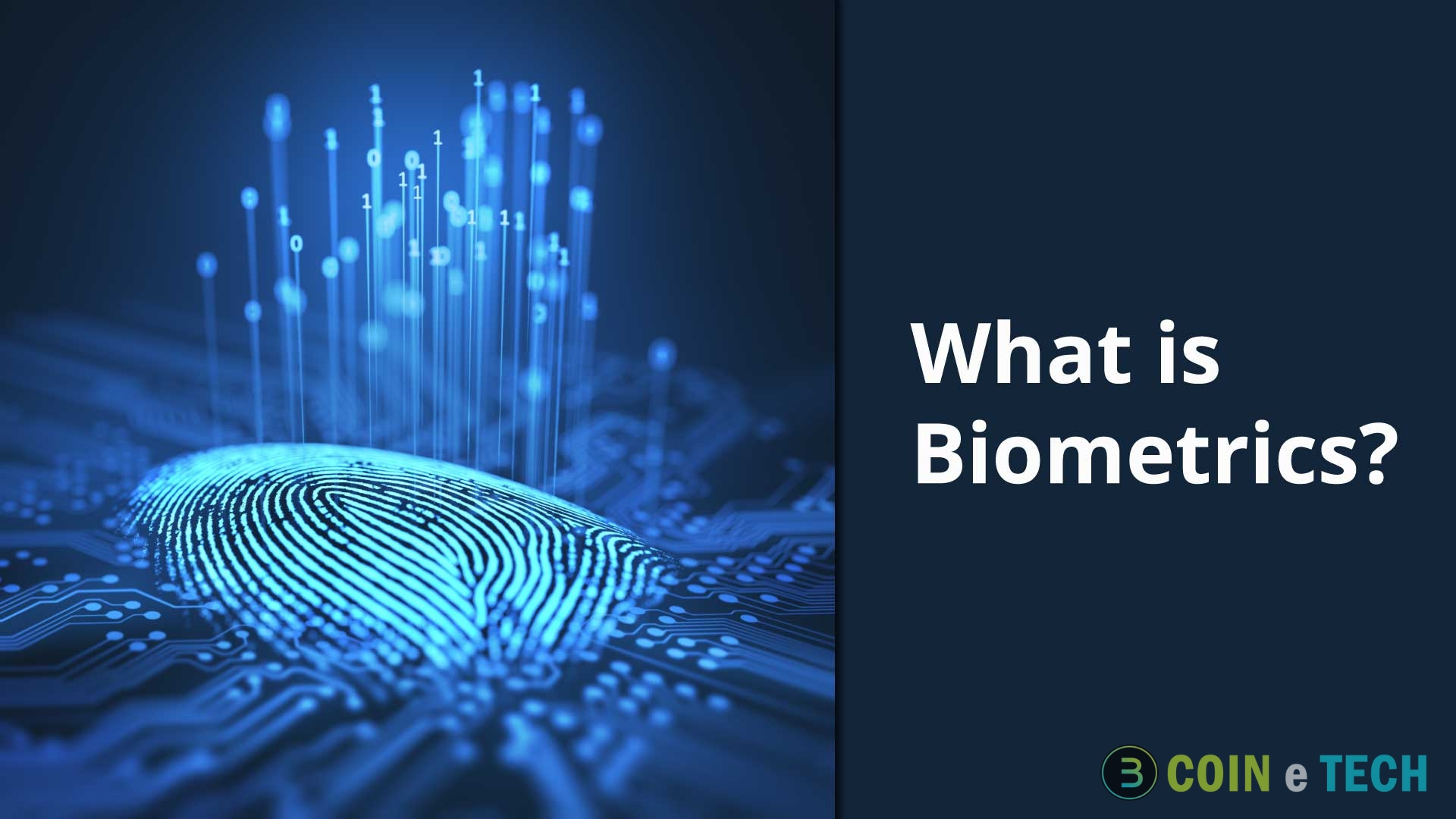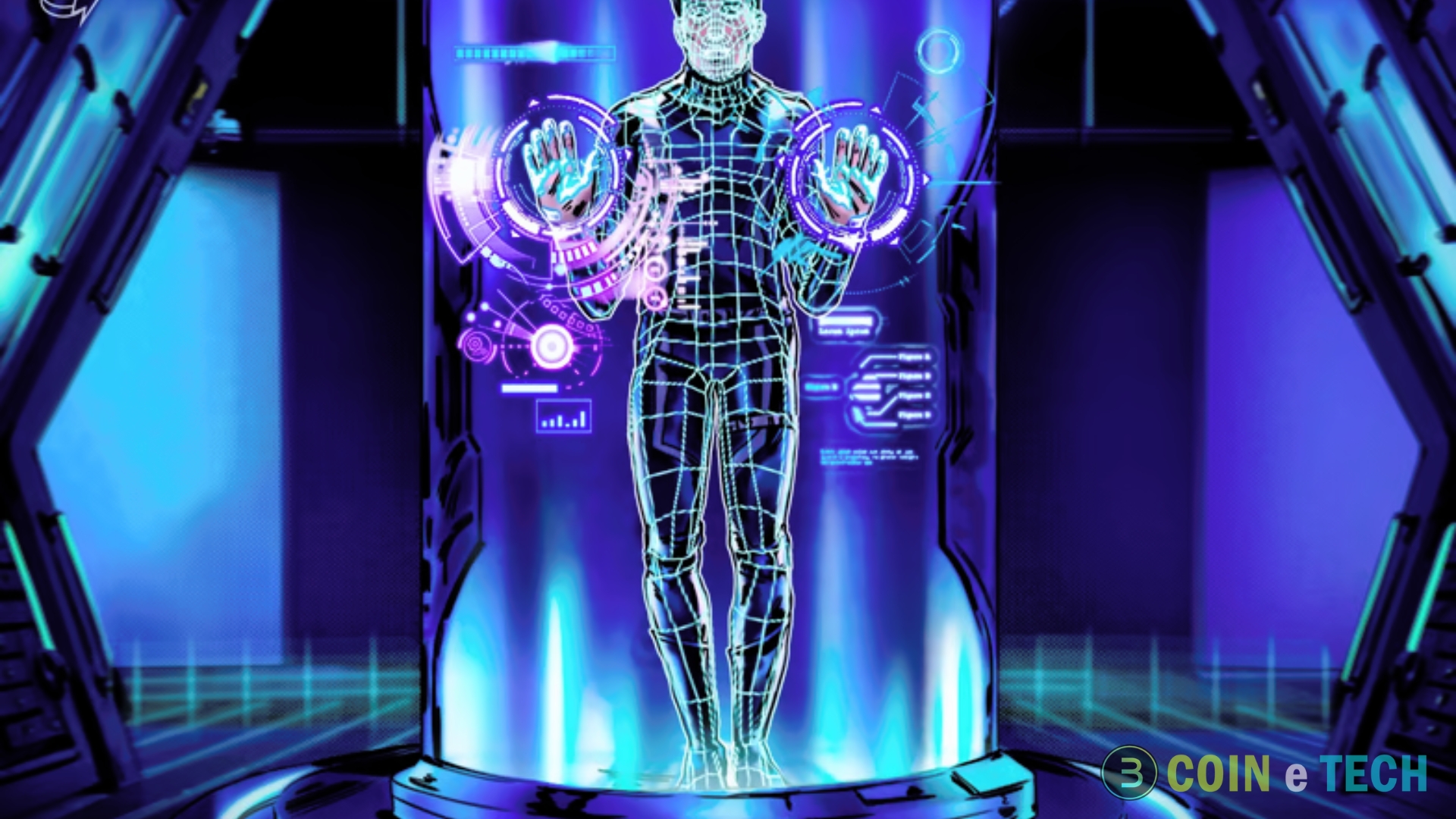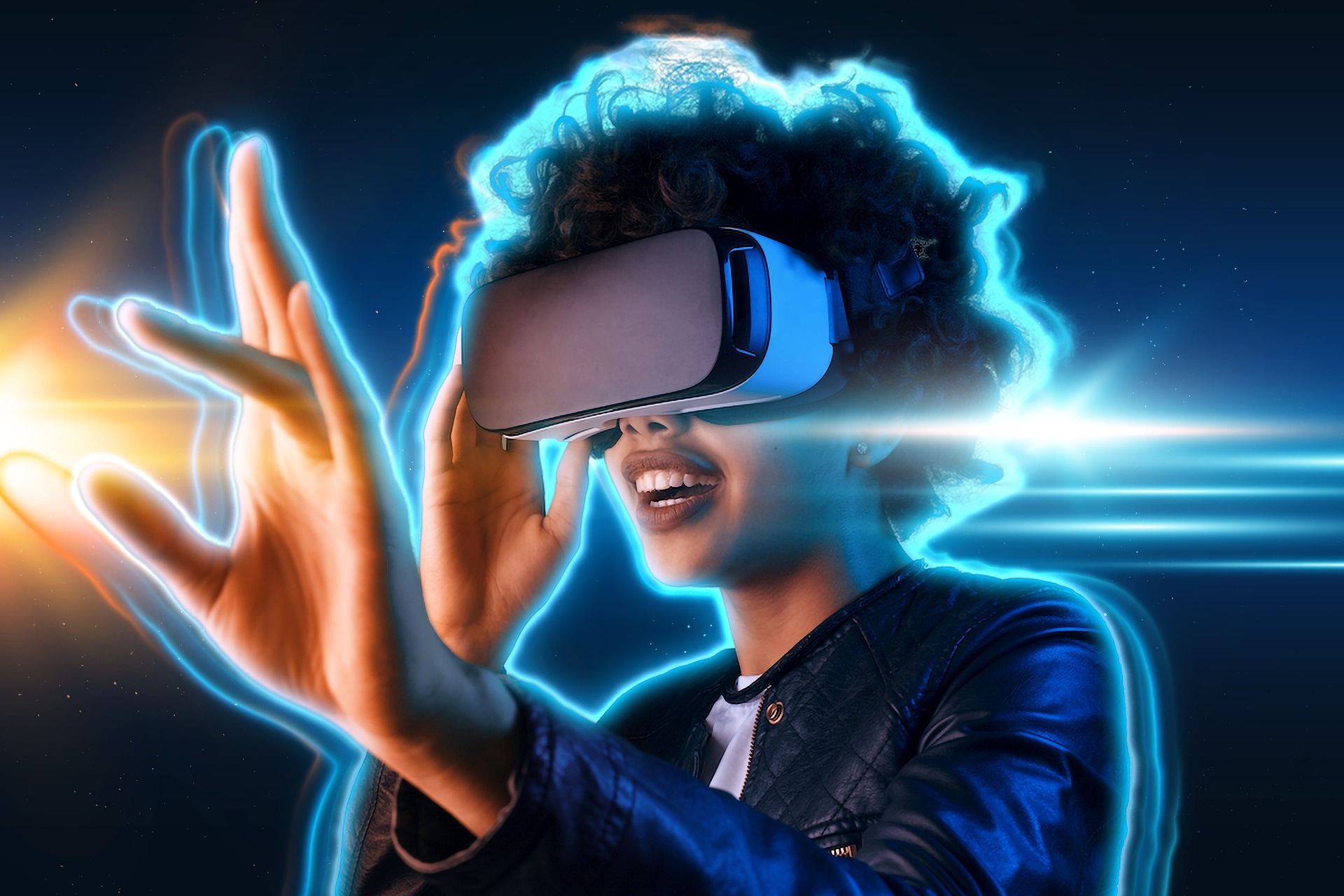Biometrics in the Metaverse. Beginning with basic static webpages, modern technology has progressed to Web2, which has brought the world closer together. It is now on the cusp of Web3, a future decentralized form of the internet built on blockchain and cryptocurrency. A futuristic phenomenon and famous catchphrase, the metaverse is about to hasten a change in the tech sector and improve people’s interactions.
The metaverse is a virtual universe that simulates the natural world in three dimensions (3D) and provides users with an immersive experience. Technology bridges many gaps, bringing together ideas from social media with virtual reality (VR), augmented reality (AR), mixed reality (MR), blockchain, and other essential components.
American science fiction author Neal Stephenson first used the word in his 1990s book Snow Crash. The book’s setting is the metaverse, a futuristic virtual reality environment where 3D avatars trade virtual properties using VR goggles. Metaverses built on the blockchain allow users to carry out their online routines. They can hang out, play games, learn, work, or shop.
Some of the more well-known use cases for the metaverse include education and gaming, while others are more in the early stages and are more specific to fields like virtual concerts and healthcare. The metaverse, of course, takes online social interaction to a whole new level by letting users transition between different types of communication within a unified, interoperable 3D environment.
Virtual workplaces in the metaverse are in high demand during epidemics because they allow employees to work remotely while still interacting with coworkers. Additionally, businesses can promote their services and goods more efficiently through the metaverse’s new potential.
What is Biometrics?
In biometrics, a person’s distinct physical or behavioural traits are measured and analyzed statistically to establish an identity. Common examples of such methods include DNA testing, iris and retina scanning, hand geometry analysis, fingerprinting, and facial recognition. Additionally, state-of-the-art biometric technologies can currently measure extremely complex inputs for identification verification. They are coming, for instance, from highly developed biometric modalities like a person’s smell, heart, palate, veins, or veins and arteries.
In today’s world, biometrics is a significant phenomenon, the best method for fast and trustworthy person authentication, and a crucial component of decentralized digital identity (DID). Additionally, analysts claim that the recent surge in popularity of biometric remote onboarding and mobile biometric identity verification will continue due to the increased demand for biometric services brought about by globalization and the devastating pandemic.
Research conducted by Italian scholars indicates that iris scanning and facial recognition are the most credible biometric verification approaches. Liveness detection refers to identifying distinct live individuals and differentiating them from photographs, deepfakes, or masks.
Biometric Verification for the Metaverse
Blockchain and biometrics may benefit the metaverse. Blockchain technology improves system security, decentralization, immutability, and data encryption. Quick, easy, and accurate biometric identity verification can increase metaverse user identity security, improve distributed digital identity schemes, and simplify internal processes.
Regular biometric checks can ensure Metaverse users’ virtual reality goggles and other gadgets are not stolen. This verification form and geolocation data or two-step verification dramatically improve metaverse biometric data security.
In addition, biometrics may improve the metaverse user experience. Because biometrics doesn’t care what platform you’re using, you can use it for customer verification on any device, phone, browser, or goggles. This facilitates the usage of biometrics for a variety of devices. Decentralized biometric identification is also far more convenient and quick to use than passwords. No matter what happens, users of the metaverse will never lose or forget their biometric information.
Furthermore, biometrics allow for a highly personalized metaverse experience. Users in the metaverse can interact and adjust their preferences according to the data they have supplied, with the appearance of items and any non-player characters (NPC), whether friendly or hostile persons or beasts.
Eye movement data can analyze a user’s pupil size and gaze fixation in response to visual stimuli; movement data can be linked to body language indicators, and physiological state data can be used to gauge their emotional state through skin conductance and brain activity. Furthermore, analysis of facial expressions can reveal underlying emotional states. In addition, ML and AI algorithms can be employed with these nonverbal clues to generate highly customised interactions.
Projects that Utilize Biometrics for Identity Verification
Even though the unified metaverse is young, several projects are developing biometric solutions. Biometric identity and encryption are used to establish the consensus technique of the Humanode human-powered blockchain. Our project aims to create a network where one person may vote using crypto-biometrics, which combines cybersecurity, encryption, liveness detection, and zero-knowledge proofs.
Humanode utilizes DAO-based governance structures and Sybil resistance to protect metaverse biometric data. Humanode’s biometric API can enable and integrate unique online identities into metaverses and DApps.
Humanode biometric identifications use FaceTec’s cutting-edge liveness detection and facial recognition technologies to ensure unique humans can access the metaverse. This happens in a secure environment with an easy-to-use UI. Avarta, another ambitious cryptocurrency project, uses FaceTec’s biometric technology to construct a metaverse-specific identity platform.
It aims to build a trust-scoring system that gives users control over the information shared with trusted third parties when accessing regulated platforms or allowlists. In addition to using aggregated wallet data from many blockchains to own a patent for a “dynamic PIN lock” system, Avarta plans to integrate geofencing and device scoring into its identification platform.
The Institute of Blockchain Technology (IBCT) and iris recognition supplier IriTech have recently joined forces to enhance the security of metaverse apps. The joint effort created the blockchain-based Decentralized Identity Data Hub (DIDH).
Thanks to the collaborative offering, Metaverse users who use hardware wallets can replace outdated security measures with iris biometrics. By scanning their iris, users of IriTech’s product can retrieve a hidden backup seed that will allow them to restore their metaverse accounts without putting themselves in danger from knowledge-based authenticators.
Future of Decentralized Biometric Identification
Over the past decade, biometrics has achieved remarkable strides in accuracy and privacy. It might revolutionize the business, speed up the spread of the metaverse, and increase crypto adoption when combined with decentralized blockchain technology to make metaverse identity management secure, private, streamlined, and frictionless.
Tech startups are working on innovative initiatives combining several blockchain and biometrics stacks, introducing Sybil resistance, and reducing the risk of manipulation via virtual identities. Thanks to their groundbreaking work and future endeavours, the future of decentralized biometric identification is anticipated to be bright. What appeared to be a science fiction phenomenon only briefly ago is now slowly becoming a reality.






